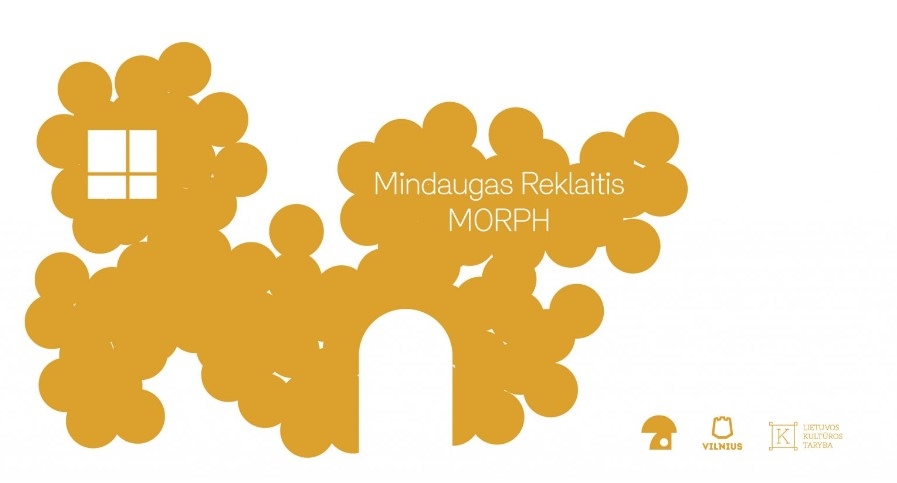The main focus point and discussion theme of the exhibition is changing, adaptive and performative architecture. The exhibition aims to go beyond conventional architectural boundaries and, with the help of evolving technologies, enter new dimensions of critical architecture, a discipline that has not been widely practiced in Lithuania so far. The work on display (available 24/7 and viewed through the showcase window) is a device perpetually creating an architectural form in the space of the gallery—a robotic manipulator inviting the viewers to reflect on new possibilities for architectural practice. Using this live-creating device and a supply system of cyclic wax as a material, the author aims to subvert the usual features of architecture, such as stability or materiality, and to speculate on alternative realities of dynamic, performative and variable spatial forms.
The MORPH manipulator will shape—in real time and through cyclical processes—an ever-changing architectural object. In other words, like a living organism, the piece will become a prototype for future architectural scenarios.
Mindaugas Reklaitis is an architect and cofounder of the architecture studio Sprik. He is currently working as an exhibition architect at the National Gallery of Art in Vilnius, studying for a PhD in art at the Vilnius Academy of Arts, and researching performative architecture as a critical spatial practice. Besides more than ten years of experience in designing award-winning buildings in Lithuania and abroad, Reklaitis has also been involved in projects organised by various NGOs. Moreover, he has extensive experience working with Lithuanian national pavilions at the Venice Art and Architecture Biennales: in 2018, he was the project manager of the Lithuanian Pavilion at the 16th Venice Architecture Biennale; in 2019, the co-producer and architect of the Lithuanian Pavilion at the 58th Venice Art Biennale (the piece won the prestigious Golden Lion); and in 2021, the producer of the Lithuanian Pavilion at the 17th Venice Architecture Biennale.
Curators of the exhibition: Milena Černiakaitė and Aušra Trakšelytė
Communication of the exhibition: Menų Komunikacija
Graphic design: Marek Voida





